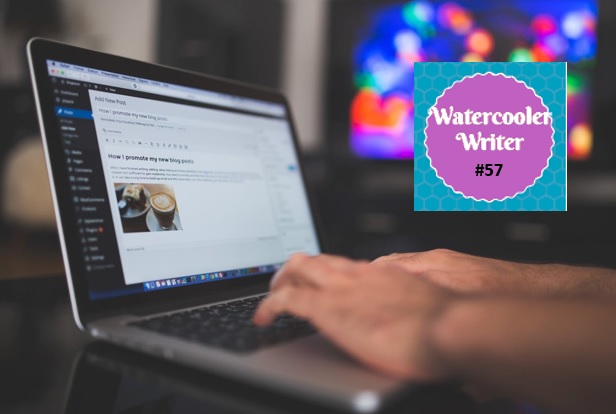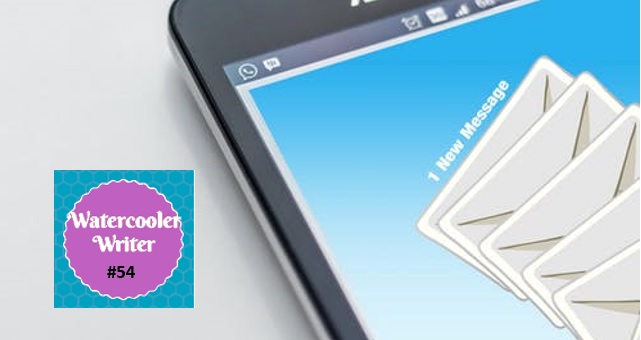
How to Write Business Emails that Sound Friendly
HOW TO WRITE BUSINESS EMAILS THAT SOUND FRIENDLY
In today’s technologically advancing world, email has become the official choice for communication within businesses.
The lack of face-to-face communication can cause a lot of issues and misunderstandings, though. Because of this, it is important that business emails convey a clear message, elicit the desired response, and, above all, not offend in any way.
But how do you write emails that are both professional and friendly?
Identifying Good vs Bad Email Etiquette
Before we tackle how to write friendly business emails, we must first identify what a good friendly email looks like, vs. a not so friendly email.
Take these emails, for example:

See the difference?
In the first example, the author seems to take a bit of a hostile, negative tone. Reading this email may leave the recipient feeling like they have been attacked, and will, therefore, immediately put them on the defensive.
In the second example, though, the author was able to communicate exactly the same information, but in a much more positive and empathetic way.
Emails that are friendly and positive are much more likely to be received well and will illicit the response that you are hoping to get.
So, now that we have established what a friendly business email looks like, let’s discuss how to write one.
The Basics
When you are writing business emails, keep in mind that the recipient(s) probably already has a lot on their plate, so they are not going to want to have to read through a bunch of fluff.
Keeping your emails clear and concise will ensure that they are not only read in their entirety, but that your intended message is understood.
Effective, yet friendly, business emails, should be brief and punctilious while conveying professionalism and affability.
While emails will vary, depending on who they are being sent to and the intended message, ideally, business emails should follow this format:
A Subject Line of No More Than 6 to 10 Words
Your subject line should be direct and spam-proof.
“Workshop Date Changed” will immediately alert your recipient that there is information in your email that they need to read. You want to avoid things like ‘Urgent’ or ‘Reply Needed,’ though, as these subject lines might send your email straight to spam.
You want the recipient to get and read your message. Check out this handy free tool that highlights phrases or words in your email that might trigger a recipient’s spam filter.
An Appropriate Greeting/Salutation
Every business email should start with an appropriate greeting.
When you are writing to another professional—even to someone you may already know—be friendly and respectful, while not overly casual or laid back.
Starting the email with a simple ‘Hi,’ followed by the person’s name sets a friendly tone, but does not sound stiff or too formal. However, when you are addressing someone by their first name, be sure that you have the correct spelling and are not using any nick-names (unless you have previously been directed to do so). The last thing you want to do is start your email off by offending someone.
The Body
Try to keep the text of your email short and to the point. When possible, one or two paragraphs of one to two sentences each is best.
Your email should have a clear introduction that states the purpose of the email and a conclusion that is forward-leaning. Ensuring that your text is spam-proof is important here as well.
Your Signature
At a minimum, your signature block should include your full name, title, the company name, and your contact information, including a phone number. This will make it easy for your recipient to identify who you are, what your position is, and how they can best contact you if needed.
The Friendly Part
So, how do you write business emails that are friendly but not too casual? Recall the tips above on appropriate greetings and tone, and then consider the real-world experience of Brittany Cooper, Project Coordinator for The Writers For Hire (TWFH).
Brittany, who has years of sales and customer relations to her credit, has mastered the knack of communicating in a professional but friendly way. She deals directly with clients at the beginning and end of each project, and she checks in with them along the way. She is often the person clients feel most comfortable talking to if problems crop up.
Brittany describes her communication style as “upbeat —always upbeat.” She confesses to using lots of exclamation points to express “lots of gratitude.” It’s her way of communicating to clients that TWFH is excited to work with them and values the relationship.
Another way to convey a friendly and upbeat tone is to add a personal touch to the beginning or end of your email. Starting out by saying “I hope you are having a great week,” or signing off with “Have a fantastic day!” immediately gives your email a positive tone.
Brittany also makes it a practice to seek feedback—usually via email—on every project, following up to see if everything went smoothly and asking if anything could be done to make the process better.
Of course, things don’t always go smoothly.
There are times when clients need to be gently reminded of hard and fast approaching deadlines. In those situations, it is important to keep a friendly and non-accusatory tone. Simply reminding them of the approaching deadline, and asking if you can assist in any way, will help ensure that the deadline is made (without making the client feel like they are being scolded or blamed).
Even in the situations where a deadline is actually missed, it is important that you avoid using any kind of language that comes off as negative and harsh.
For example, instead of saying “When you missed the deadline, you caused our project to be pushed back,” use something more neutral, such as “With the missed deadline, the project was pushed back…” and then follow it up with a positive suggestion for how to rectify the situation.
And as a rule of thumb, everything you write in an email should be read and re-read before you hit “send.” Try to read each email from the perspective of your recipient. If anything sounds like it could be possibly taken in an adverse way, then it is safe to assume that it should probably be re-written with a more positive spin.
Other Helpful Tips to Keep in Mind
- Use traditional fonts such as Arial, Calibri, and Times New Roman; these fonts are not only classic, they are easy to read. Stick to the color black, use 10-12 pt., and keep the font and size consistent throughout the email, including in the signature block. As much as you may enjoy playing around with different fonts and colors, business emails are just not the place to get creative.
- Never write when upset. An angry screed defeats the purpose of conveying important information or soliciting the desired response. Chances are high that your anger will come across in the words you choose, and the recipient of your email will be able to sense your agitated tone.
- Be cautious when using language such as “but” and “unfortunately.” Adding those words to your sentence tends to negate what is said in the first place, and can also come off as being condescending. “I apologize for the delay. I will have the completed document to you by the end of the day” will be received much better than “I apologize for the delay, but it couldn’t be avoided. Unfortunately, I can’t get the document to you until the end of the day.”
- Do a spell-check but also proofread. Spell-checkers are our friends, but they can be fickle at times. Pay close attention to each suggestion you click on and re-read the entire text after you spell-check. It’s hard to be taken seriously when you send an email full of spelling and punctuation errors.
- Think twice before hitting ‘reply all.’ The sender may have wanted a dozen or more people to see their email to you, but all recipients do not necessarily need to see your reply. Consider carefully. Is your reply important for everyone to read? Is the content of your reply appropriate for everyone to see?
- Don’t use humor unless you know the recipient well—make that very well. What may be funny in a social setting among business acquaintances might not come across as funny in writing. Written communication is easy to misconstrue, so it’s always best to just focus on the point and leave humor for in-person conversations.
- Don’t overuse the word “please.” This does not mean that you shouldn’t be polite and write please when it is appropriate. You should just make sure to reserve it for places where it sounds natural. Saying “Please find the attached document and let me know if you have any questions” does not sound natural, and frankly makes for an awkward sentence. Instead, consider saying “I have attached the document. Please let me know if you have any questions.”
- Be sensitive to cultural differences. In some cultures, it may be considered rude to address someone by their first name. In others, discussing certain topics over email may be offensive. Before sending an email, do some homework on what may and may not be appropriate for your recipient.
Finally, remember that every email leaves a trace. Don’t write anything that will reflect badly on you or others should your exchange become public.
Related Content
- 0 Comment
Subscribe to Newsletter
- How Can SharePoint Be Used To Organize and Disseminate SOPs?
- Planning the Perfect Genealogy Research Trip: A Step-by-Step Guide
- From Silly to Awesome: How Words Change Meaning Over Time
- The Psychology of Font Choice: How Typography Impacts Content Engagement
- How to Distribute SOPs for Maximum Usability





